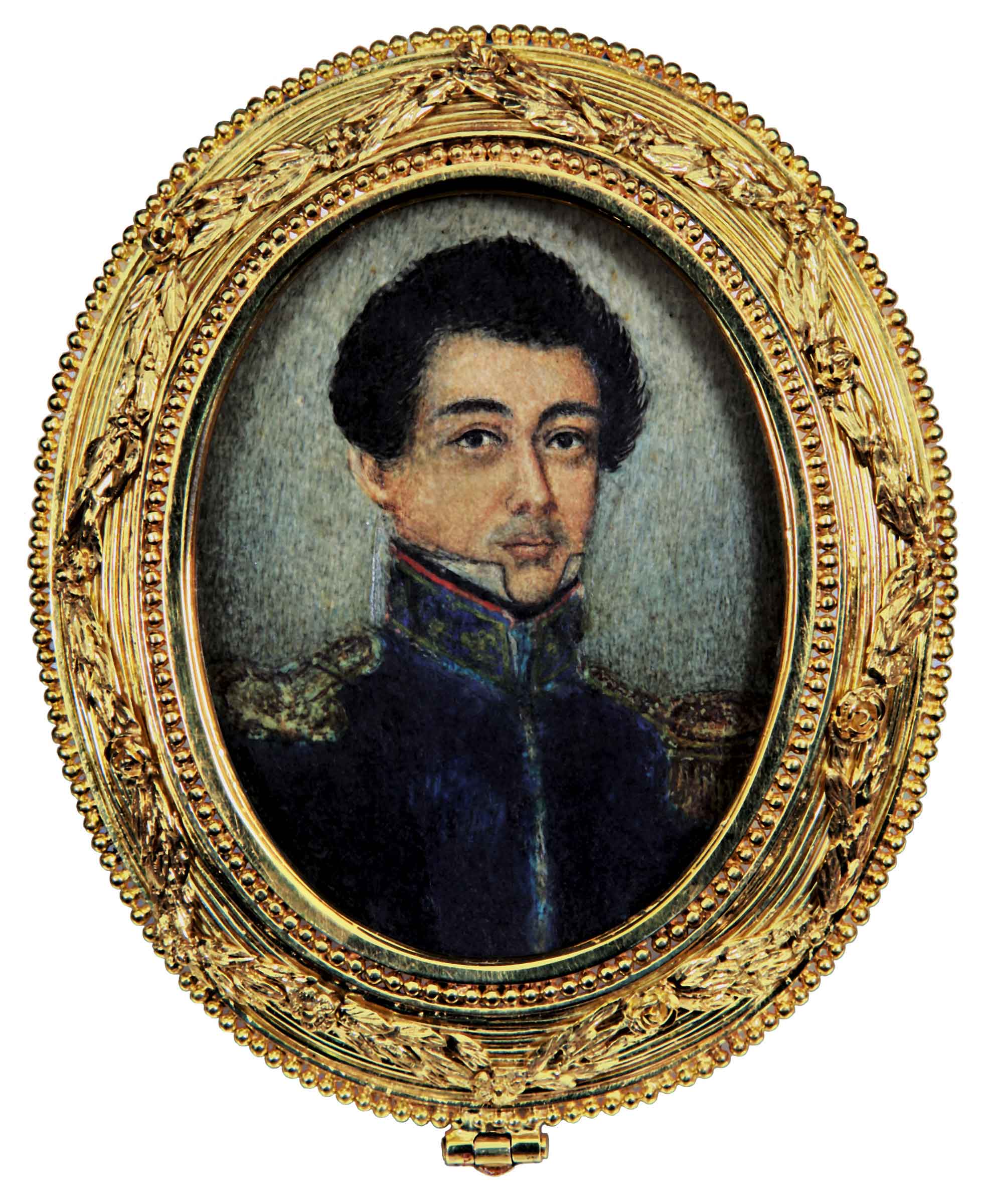
The Father of Filipino Art: Damián Domingo
Portraiture is a way to tell the basic truths about humans and their identities. Aside from being a way to immortalize someone’s age and the features they possessed during the time, it’s a clearer portrayal of their identity and can sometimes tell a deep and complex story behind the subject. Abroad, the master of portraiture includes Van Gogh, Pablo Picasso, Leonardo da Vinci, and Rembrandt van Rijn. In the Philippines, we have Damián Domingo, the Father of Philippine Art.

A famous name during the 18th century, Domingo was popular for being the first Filipino painter who specialized in secular painting and in miniature portraits of Manila’s societal figures. When painting these lifelike miniatures on ivory, Domingo was said to only use five Chinese sable brushes, some of which were only equipped with one bristle.
Related read: Making Revolutionary Art: Looking Back on Juan Luna’s Mastery


By 1821, Domingo already gained enough popularity to help him open a house for his trainees. In December of 1823, the Sociedades Económicas de Amigos del País (Economic Societies of Friends of the Country) which is a set of private associations established in different cities across Spain formalized his workshop and transformed it into the Academia de Dibujo y Pintura, Manila’s first official Philippine art academy.
Related read: Vulnerability in Art: A Quick Recall of Felix Hidalgo’s Work

Aside from the miniature portraits he’s known for, Domingo also grew more popular for painting albums of costumes that depict the fashions and occupations of the various citizens of the Philippines–an idea encouraged by a Catholic Indian merchant from Madras, Rafael Daniel Baboom. Several of the albums were released with six of them being known. One was destroyed in a fire during World War II and another with each individual plate signed by Domingo himself lies at the Newberry Libary in Illinois.


